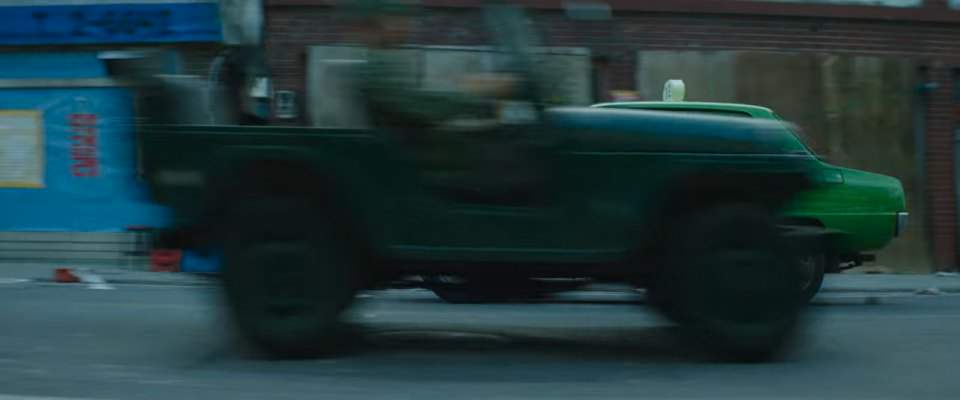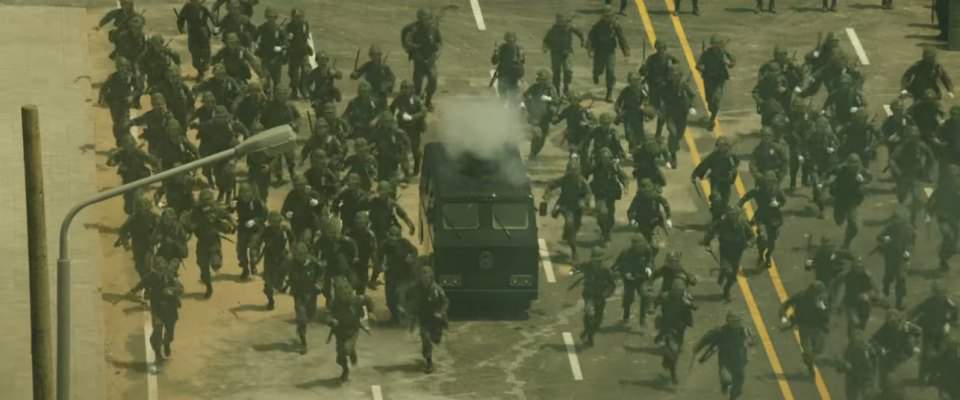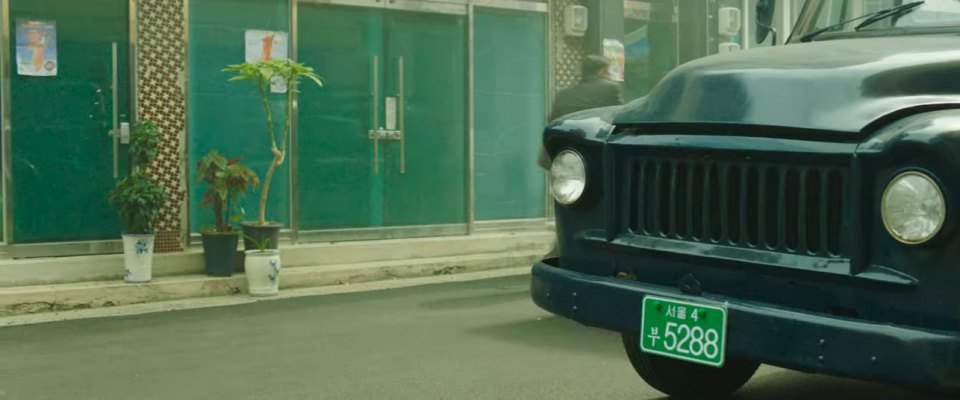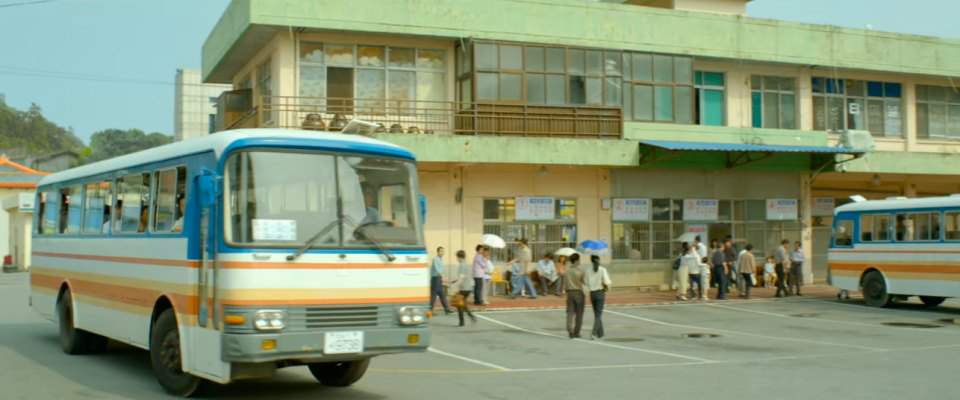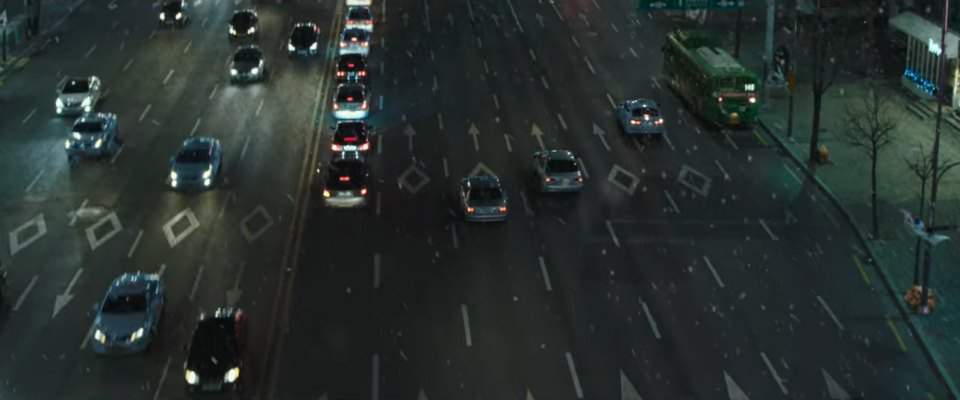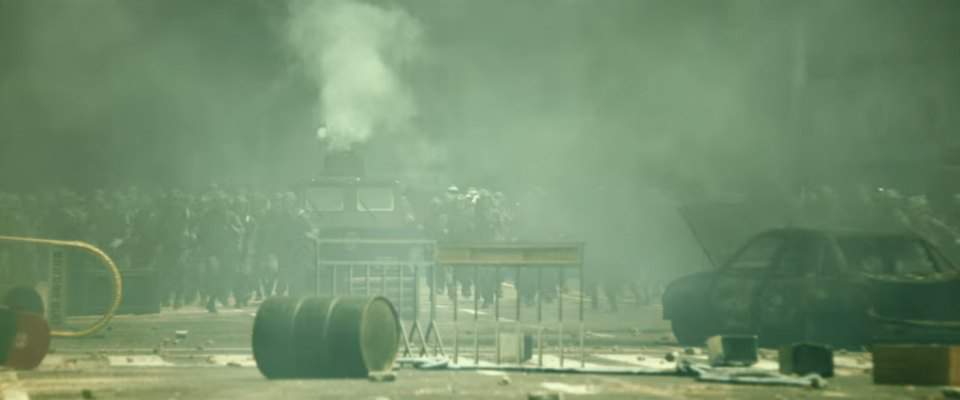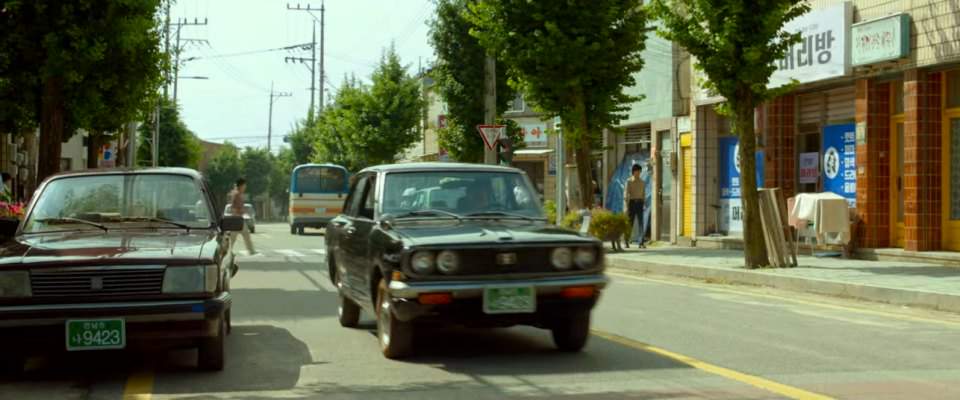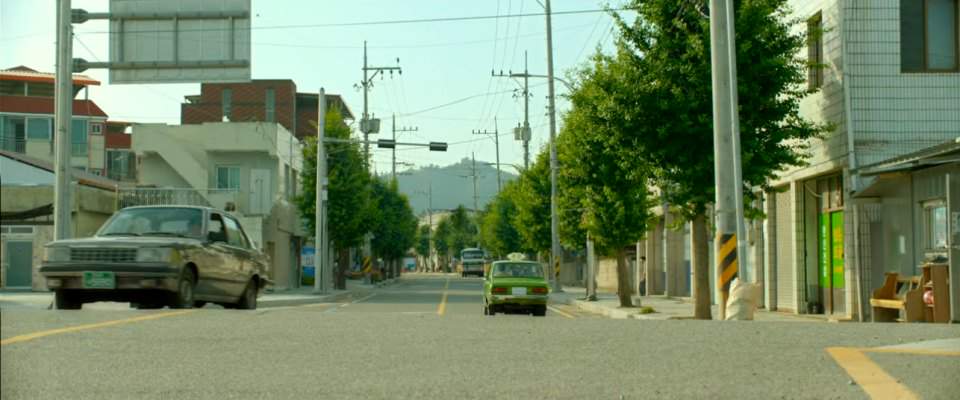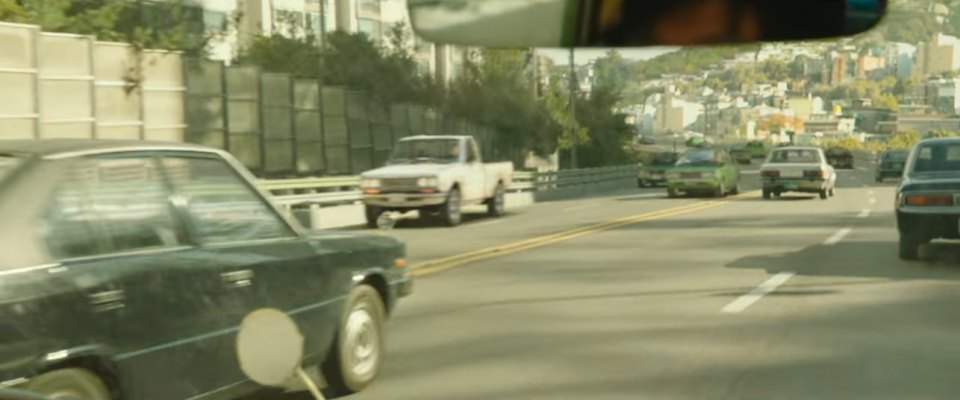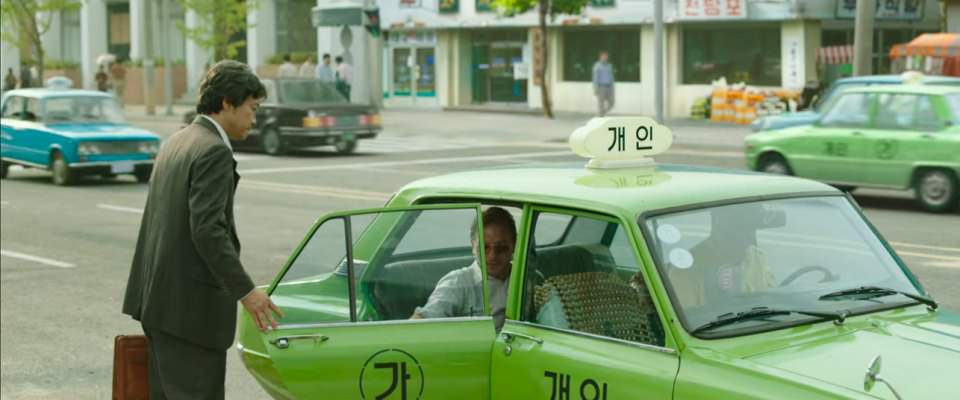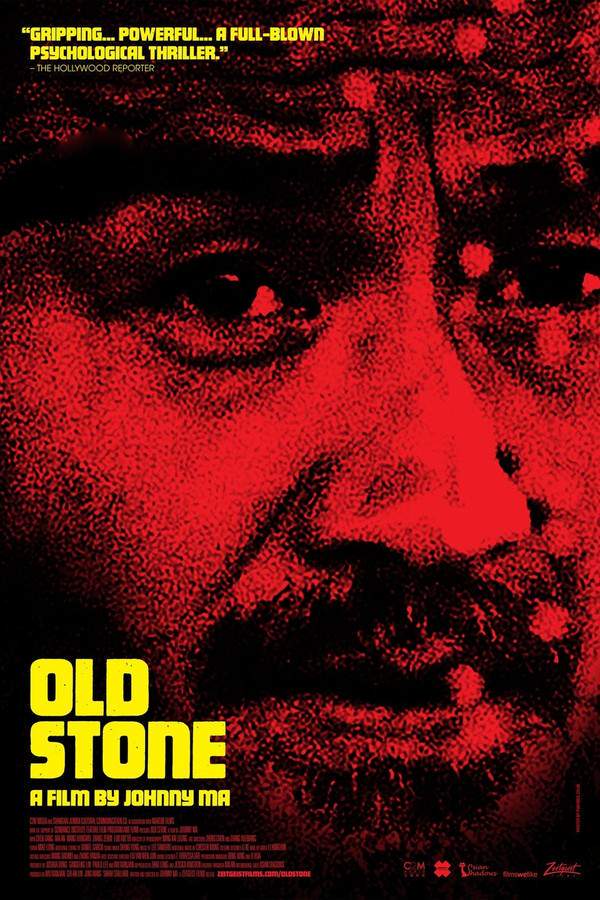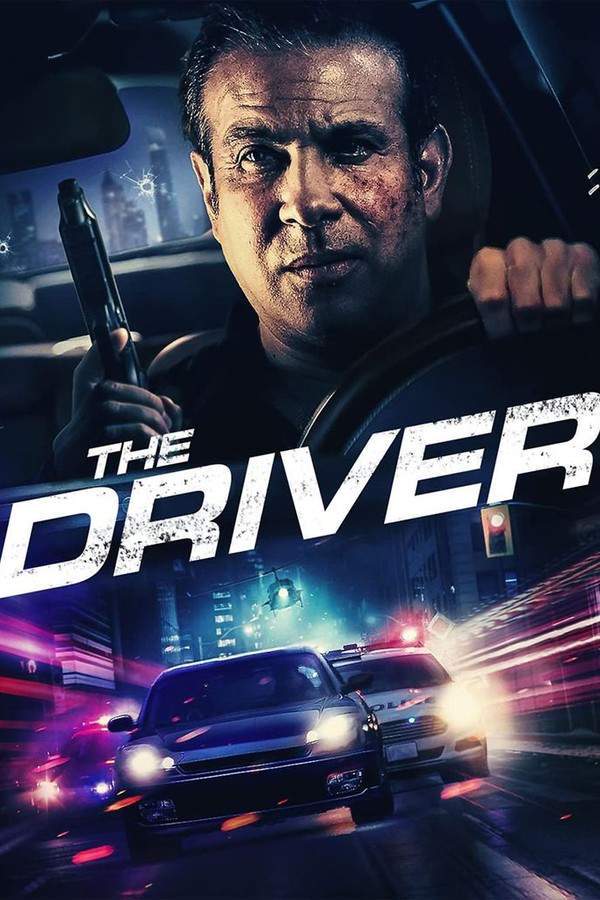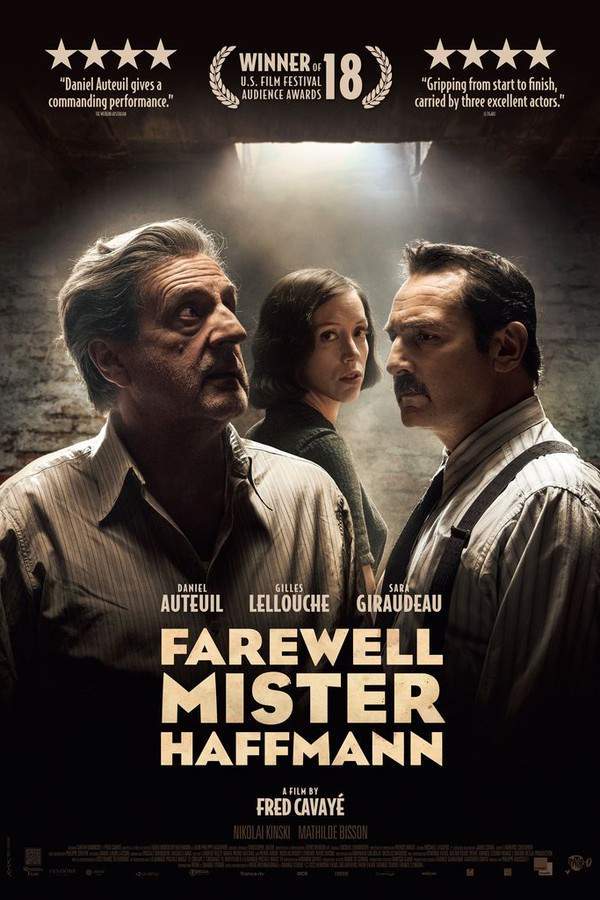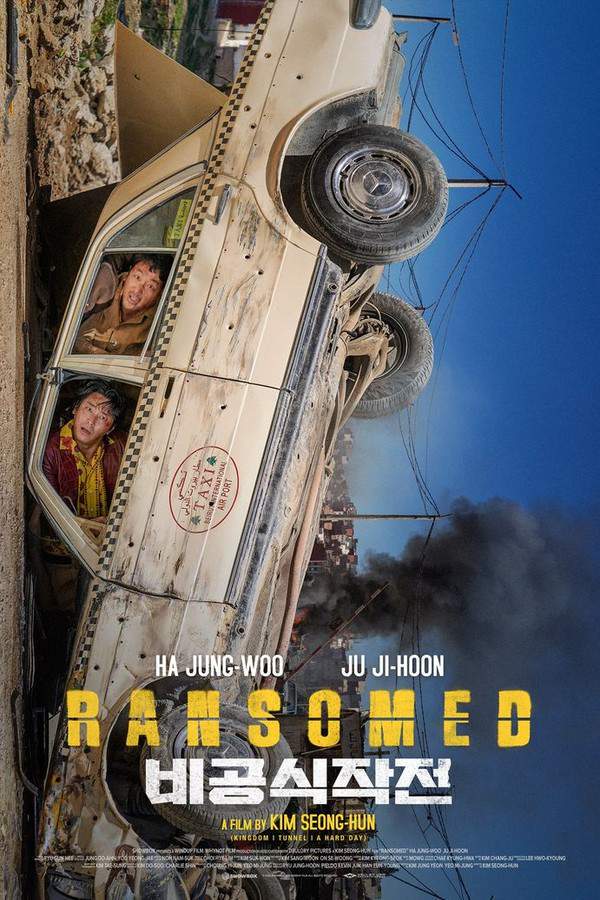A Taxi Driver 2017
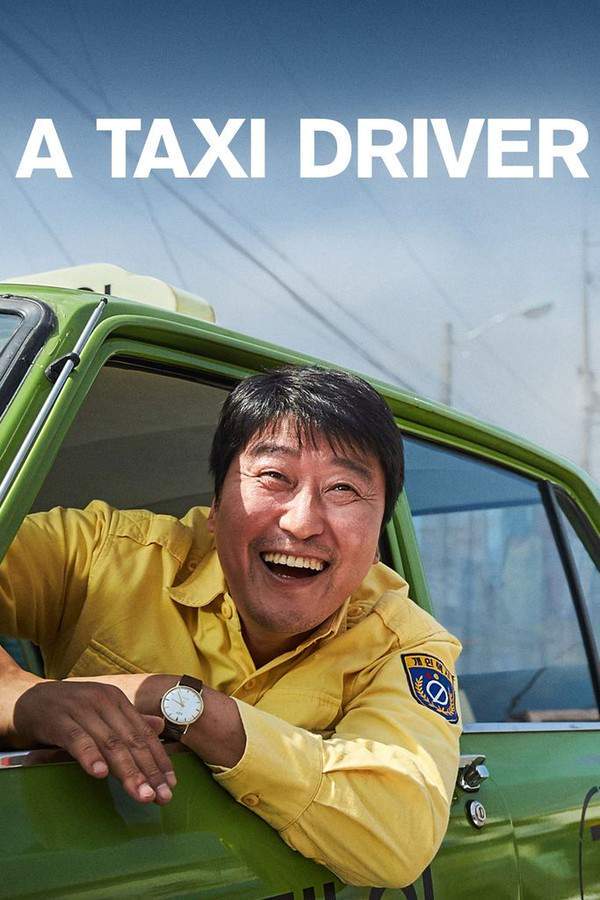
In 1980 Seoul, a taxi driver looking to make some extra money agrees to drive a German journalist. Their seemingly ordinary trip becomes dangerous when they head to Gwangju, a city experiencing a brutal crackdown by the military. As the student-led uprising escalates, the driver finds himself caught in the heart of the conflict, facing immense peril while documenting the events alongside his passenger. It's a gripping true story about bravery and the fight for freedom.
Does A Taxi Driver have end credit scenes?
No!
A Taxi Driver does not have end credit scenes. You can leave when the credits roll.
Meet the Full Cast and Actors of A Taxi Driver
Explore the complete cast of A Taxi Driver, including both lead and supporting actors. Learn who plays each character, discover their past roles and achievements, and find out what makes this ensemble cast stand out in the world of film and television.
External Links and Streaming Options
Discover where to watch A Taxi Driver online, including streaming platforms, rental options, and official sources. Compare reviews, ratings, and in-depth movie information across sites like IMDb, TMDb, Wikipedia or Rotten Tomatoes.
Ratings and Reviews for A Taxi Driver
See how A Taxi Driver is rated across major platforms like IMDb, Metacritic, and TMDb. Compare audience scores and critic reviews to understand where A Taxi Driver stands among top-rated movies in its genre.

The Movie Echo Score
A Taxi Driver delivers a compelling emotional core powered by standout performances but exhibits uneven pacing and occasional melodrama. The film’s deliberate visual style and color palette underscore its historical narrative, while measured editing occasionally gives way to overextended chase sequences. Character depth and emotional resonance remain its chief assets, even as plot transitions can feel predictable. On balance, it offers a rewarding viewing experience that is buoyed by its strengths despite narrative excess.
The Movie Echo Score Breakdown for A Taxi Driver

Art & Craft
In terms of art and craft, A Taxi Driver demonstrates a confident visual approach with a consistently restrained color palette and carefully composed frames. Direction balances intimate moments with sweeping sequences, though some of the final chase scenes verge on hyperbole. Editing supports narrative clarity but occasionally lingers on extended shots. Overall, the film’s visual ambitions largely succeed, lending it strong cinematic presence.

Character & Emotion
When it comes to character and emotion, the film is anchored by a nuanced lead performance that conveys gradual political awakening. Supporting figures exhibit believable chemistry and depth, helping to humanize a tense historical backdrop. Moments of humor integrate smoothly with dramatic exchanges, fostering emotional investment. In sum, character portrayals form the film’s most resonant component.

Story & Flow
In terms of story and flow, the narrative offers a clear depiction of a historical uprising but alternates between restrained pacing and melodramatic peaks. The plot’s straightforward structure aids comprehension yet occasionally feels conventional, and certain dramatic beats overextend their emotional impact. While engagement remains high, originality is tempered by predictable transitions. Overall, story coherence is solid but uneven in delivery.

Sensory Experience
In sensory experience, the film’s sound design and musical cues effectively heighten tension during critical moments, though the soundtrack seldom surprises. The restrained visual tone employs an understated palette that reinforces the period setting, while ambient effects support immersive sequences. Dialogue clarity and location sound remain consistent throughout. Taken together, the sensory elements reliably enhance the film’s historical atmosphere.

Rewatch Factor
Regarding rewatch value, A Taxi Driver offers enduring interest through its emotional depth and historical significance. Subsequent viewings may reveal nuanced performances and thematic layers, though extended pacing and intermittent melodrama can lessen repeat viewing appeal. The film’s didactic weight contributes to lasting relevance, especially for those interested in the period. Overall, rewatchability is moderate but bolstered by its core strengths.

69
Metascore
7.5
User Score


97%
TOMATOMETER

82%
User Score

7.9 /10
IMDb Rating

81
%
User Score

4.2
From 917 fan ratings

4.00/5
From 4 fan ratings
Take the Ultimate A Taxi Driver Movie Quiz
Challenge your knowledge of A Taxi Driver with this fun and interactive movie quiz. Test yourself on key plot points, iconic characters, hidden details, and memorable moments to see how well you really know the film.
A Taxi Driver Quiz: Test your knowledge about the gripping drama 'A Taxi Driver' and its characters, plot twists, and historical context.
What year does 'A Taxi Driver' take place in?
1975
1980
1985
1990
Show hint
Full Plot Summary and Ending Explained for A Taxi Driver
Read the complete plot summary of A Taxi Driver, including all major events, twists, and the full ending explained in detail. Explore key characters, themes, hidden meanings, and everything you need to understand the story from beginning to end.
In 1980, Kim Man-seob, portrayed by Kang-ho Song, is a stoic widower struggling to make ends meet as he navigates the chaotic streets of Seoul in his taxi. One day, while driving, he overhears another cab driver boast about a lucrative fare to Gwangju, completely unaware of the turmoil that is about to unfold there. Seizing this unexpected opportunity, Man-seob captures this prized passenger—Jürgen “Peter” Hinzpeter, a determined German journalist, played by Thomas Kretschmann, who is intent on documenting the escalating civil unrest. Thus, they set out on a journey that will change both their lives.
As they travel toward Gwangju, their taxi is soon halted by soldiers, but thanks to Peter’s ingenious disguise as a businessman, they manage to gain entry into the city. Once there, Man-seob and Peter encounter a group of college students who, seeing the need for solidarity, offer assistance and welcome Peter aboard their pickup truck. The situation, however, becomes increasingly intense, leading Man-seob to feel uneasy. Feeling the pull to separate from the chaotic scene, he decides to leave Peter, but not before Peter is moved by an elderly woman they meet, compelling him to convince Man-seob to seek out the woman’s missing son in a local hospital—only to discover the son is among the college students.
At a critical moment, tensions rise, and Peter challenges Man-seob for abandoning him, offering to share the fare. However, the group of college students and local taxi drivers insist they will not accept payment until the trip is complete. With a heavy heart, Man-seob submits and transports Peter along with student Jae-sik, to a protest at the Provincial Office, where they are met by generous protesters offering food and gifts. Amidst the escalating violence, Peter films the events while grappling with the threat from Plainclothes Defense Security Command (DSC) officers, who try to capture him, yet the trio manages to dodge their grasp.
As night falls, the taxi suffers from mechanical issues, pushing them to seek shelter at Tae-soo’s local repair shop. Here, they hear shocking news about a bombing at a nearby television station and choose to document the chaos. Their decision leads to disaster when the DSC officers spot Peter and give chase. In the frantic commotion, Man-seob suffers serious injuries while Jae-sik is captured, desperately pleading with Peter to ensure his footage is shared with the world.
Driven by a fierce love for his daughter and guilt over the events unfolding in Gwangju, Man-seob embarks on a dangerous journey back from Suncheon. Panic grips the city as rumors of North Korean infiltrators bubble up from the chaos. Back at the hospital, he finds Peter in shock and Tae-soo mourning for their fallen friend Jae-sik. Peter urges them to leave Gwangju and return to Seoul for Man-seob’s daughter’s sake, but Man-seob refuses, choosing instead to support Peter in his time of need.
During the height of the violence, as soldiers ruthlessly shoot at civilians trying to save the wounded, Man-seob and his fellow taxi drivers convert their vehicles into makeshift ambulances, risking their lives to transport the injured to safety. Their perilous route takes them through treacherous mountains where they’re challenged by an armed roadblock. A tough sergeant inspects their vehicle but ultimately lets them pass upon noticing the Seoul license plates. However, his colleagues, ordered to apprehend any foreigners, fire upon their taxi, forcing Man-seob into a daring escape. Local taxi drivers come to their aid, ingeniously providing cover to ensure their escape goes unnoticed.
Their paths eventually diverge at the airport; Peter pleads for Man-seob’s name and contact details, only to receive the ambiguous reply of “Kim Sa-bok” along with a random cigarette company’s phone number. While Peter broadcasts his harrowing footage of the Gwangju Uprising to the world, Man-seob reunites with his daughter. In time, Peter makes multiple visits to Seoul in hopes of locating “Kim Sa-bok,” but ultimately finds no trace.
Fast forward to 2003, Peter is honored with an award for his courageous reporting on the Gwangju uprising. During his acceptance speech, he expresses sincere appreciation for “Kim Sa-bok” and holds a glimmer of hope that they may one day reunite. Meanwhile, Man-seob continues his work as a taxi driver, reading about Peter’s triumphant achievements in the newspaper, filled with a mix of admiration for his friend’s dedication and a longing for their shared past. The film culminates with a heartfelt video message from the real Peter, extending his gratitude to “Kim Sa-bok” and expressing his yearning for their paths to cross once more.
Uncover the Details: Timeline, Characters, Themes, and Beyond!

Coming soon on iOS and Android
The Plot Explained Mobile App
From blockbusters to hidden gems — dive into movie stories anytime, anywhere. Save your favorites, discover plots faster, and never miss a twist again.
Sign up to be the first to know when we launch. Your email stays private — always.
Watch Trailers, Clips & Behind-the-Scenes for A Taxi Driver
Watch official trailers, exclusive clips, cast interviews, and behind-the-scenes footage from A Taxi Driver. Dive deeper into the making of the film, its standout moments, and key production insights.
Cars Featured in A Taxi Driver
Explore all cars featured in A Taxi Driver, including their makes, models, scenes they appear in, and their significance to the plot. A must-read for car enthusiasts and movie buffs alike.
A Taxi Driver Themes and Keywords
Discover the central themes, ideas, and keywords that define the movie’s story, tone, and message. Analyze the film’s deeper meanings, genre influences, and recurring concepts.
A Taxi Driver Other Names and Titles
Explore the various alternative titles, translations, and other names used for A Taxi Driver across different regions and languages. Understand how the film is marketed and recognized worldwide.
Articles, Reviews & Explainers About A Taxi Driver
Stay updated on A Taxi Driver with in-depth articles, critical reviews, and ending explainers. Explore hidden meanings, major themes, and expert insights into the film’s story and impact.
Similar Movies To A Taxi Driver You Should Know About
Browse a curated list of movies similar in genre, tone, characters, or story structure. Discover new titles like the one you're watching, perfect for fans of related plots, vibes, or cinematic styles.
Quick Links: Summary, Cast, Ratings, More

What's After the Movie?
Not sure whether to stay after the credits? Find out!
Explore Our Movie Platform
New Movie Releases (2025)
Famous Movie Actors
Top Film Production Studios
Movie Plot Summaries & Endings
Major Movie Awards & Winners
Best Concert Films & Music Documentaries
Movie Collections and Curated Lists
© 2025 What's After the Movie. All rights reserved.

















